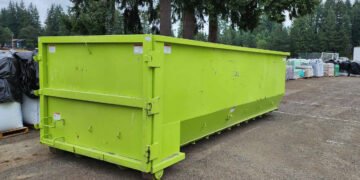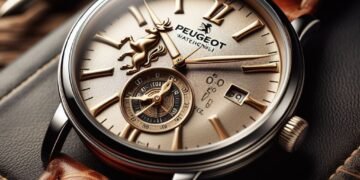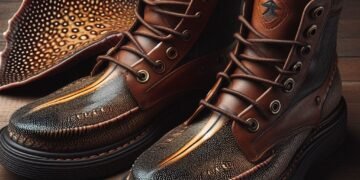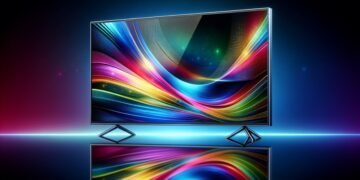Nearly two million pairs of binoculars are sold each year in the United States. They range in price from $25 for a miniature pair to $3,000 for full-size pair with top-of-the-line optics.
The types of binoculars are as varied as their uses. Hunting is one use and bird watching another. Then, of course, people turn to binoculars to zoom in on their favorite athlete at a sporting event and for sightseeing and star having.
So you may be asking, “How do binoculars work?”
Interestingly, the functionality of binoculars has remained the same for more than 100 years. A sturdy pair of binoculars made of steel and glass in World War II work as well as a pair of the best binoculars off the shelf today.
In the following article, we’ll describe how to use binoculars and how the optical enhancers work.
How Do Binoculars Work?
In their basic form, binoculars are two telescopes set side-by-side and designed in such a way as to allow them to focus simultaneously. Binoculars are handheld, portable, and used in the field to view or scan distant objects.
Hans Lippershey made the first telescope of Holland in 1608. Galileo Galilei, who charted the moon, popularized the device for scientific study.
The first binoculars were developed 300 years later.
Binoculars work by gathering light, magnifying the light by a prism, and focusing that light onto the pupil of your eyes. You focus both the eyepieces of the binoculars and the prism to maximize the clarity of the objects you are trying to view.
Objective Lens
While binocular styles vary wildly, the basic design is the same. Two objective lenses sit at the end of two barrels, and on the other end are eyepieces. The two barrels are hinged with a focus wheel for fine adjustments.
The objective lenses gather light (as much as possible), so the more significant the lenses, the more light they collect and the more potential power of the binoculars.
Often to reduce light reflection, you coat these objective lenses. Without the glare-reducing coating, the light reflects off the lens, and the image is less vivid.
Internal Prisms
After the objective lens, the light travels the binocular barrels, and a prism magnifies it. Two types of prisms perform this function: roof prisms and Porro prisms. Roof prisms send the light back and forth to magnify the light, while Porro prisms send the light at 90-degree angles to magnify them.
The focus wheel attaches to these prisms to adjust the magnification and fine focus.
The eyepieces are also used to focus the image, but this pairs up closer with the strength of your eyesight. For example, if one of your eyes is stronger than the other, you might use the eyepiece’s fine focus to adjust the image.
Magnification Matters
When researching binoculars, you’ll see them rated as 5x, 6x, 7x, 10x, etc. This means that binoculars with a 5x make items appear 5 times closer than without the field glasses.
The best binoculars are often marine binoculars because they can withstand the elements, have a higher magnification (7x and higher), and are specially made (click for more) to reduce the increased sun glare of being out on the water.
The Right Pair for You
When it comes to “how do binoculars work?” and “which are best for me?”, you need to balance the price you pay with your specific use. For example, if you use your field glasses for the occasional sporting event, a convenient, less expensive pair might be your best bet.
However, if you plan to use these items for weekly bird watching or marine emergency response, you may want to invest more money in a more durable and robust set.
Did you find this article helpful? Search this website for more on leisure activities and equipment.






























































